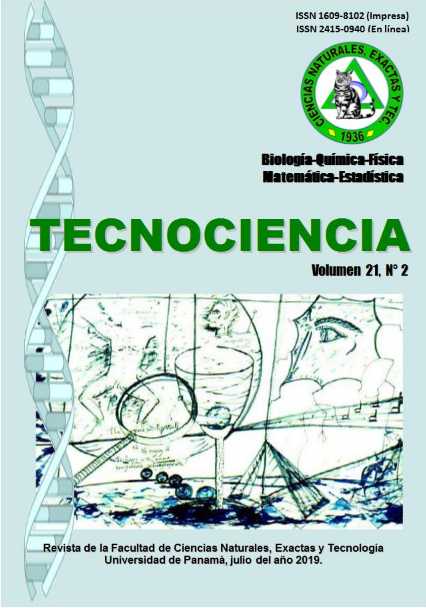

We examined activity patterns and diet of ocelots (Leopardus pardalis) on Barro Colorado Island (BCI), Panama, using evidence from remote photography and scat deposits of four individuals. Photographs from an ocelot latrine were taken from April to October 2001. Ocelot latrine use by different individuals was confirmed by photographic data. Both males and females used the latrine, which suggests that latrines have a social function other than just the marking of territory. This ocelots are mainly nocturnal (X2=5.06, P=0.05). The ocelot latrines on BCI appear to be locations to facilitate mating. Seventy-four scats were collected and analyzed, showing that BCI ocelots feed primarily on rodents (42.3%), edentates (31.5%), and reptiles (14.1%). BCI ocelots prey on larger prey than at Cosa Cashu, Peru (Emmons 1987). The role of ocelots as predatots on BCI seems to overlap with that of larger cats, but more evidence is needed.e